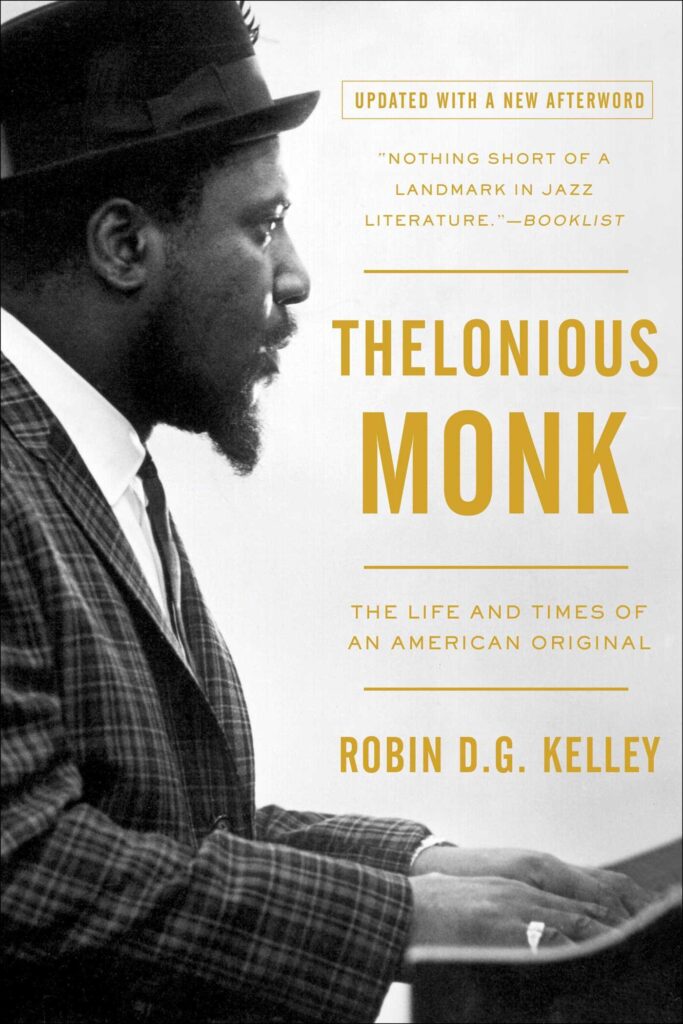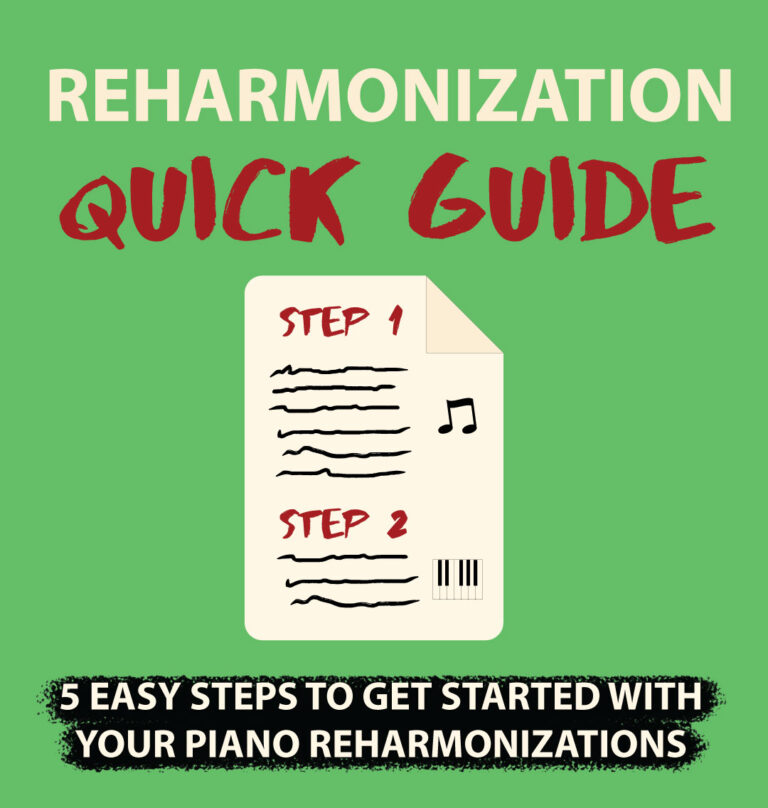This week’s reharmonization is of one of my favorite Monk ballads, ‘Monk’s Mood’.
Inspiration
Who doesn’t love Thelonious Monk?
I don’t believe I’ve ever released a piano cover of a Monk composition, even though I’ve been playing his music ever since I started playing jazz as a teenager. I even dedicated a composition to him on my first album from 2013, titled The Duke, Monk, and More. Here’s a video of my band, featuring saxophonist Chad Lefkowitz-Brown, bassist Scott Colberg, and drummer Dan Pugach performing it in Brooklyn, many years ago:
Monk's Mood
This is all to say; it was about time I recorded a Monk composition myself. I finally got around to making a piano arrangement of one of my favorite Monk ballads, titled Monk’s Mood.
Monk wrote this composition in 1946. Its many titles included “Feeling that Way Now’, “Y Don’t U Try Now”, Why Do You Evade the Facts”, “Sarah Be Merrier”, “Sarah Made the Error”, and “Be Fairer Sarah”, before finally settling on “Monk’s Mood”. Have a listen to the very first recording of this song, from the 1947 recording session of Genius Of Modern Music (Blue Note):
The High Priest of Bebop
I’ve been reading Robin D.G. Kelly’s fantastic biography on Thelonious Monk. It shines a light on the inventiveness, courage, and eccentricity of the “High Priest of Bebop”, who, despite the major role he played in founding bebop, struggled to get consistent work and appreciation from broader audiences for many years.
Musically (as well as personally), his eccentricity has often been misunderstood. Kelly’s book describes an exchange between Monk and a lecturer at Colombia University in 1954. The lecturer asked Monk to “play some of your weird chords for the class”, to which Monk replied (seemingly taken aback by the question): “What do you mean ‘weird’? They’re perfectly logical.”
Monk’s harmonies and compositions are the result of endless hours of developing his own style and idiom. Every note, every chord, and every interval is intentional. It’s no surprise that his music continues to inspire musicians and listeners. His music teaches to be unapologetically yourself and not worry about what others think.

Reharmonization
This is my twist on Monk’s Mood. I used a left hand ostinato of four notes, F, G, Ab, and Bb, for the first and last A-section. This allowed me to play some impressionistic harmonies on top in the right hand, as well an extended improvised introduction using perfect fifths in my right hand. Monk would probably shake his head at my sacrilegious deconstructing of his tune (he was known to be very particular about how exactly his tunes ought to be played), but I’ll take the chance and allow myself a little freedom with this arrangement. After all, the only one who can play like Monk was Monk himself.
Hope you enjoy!

